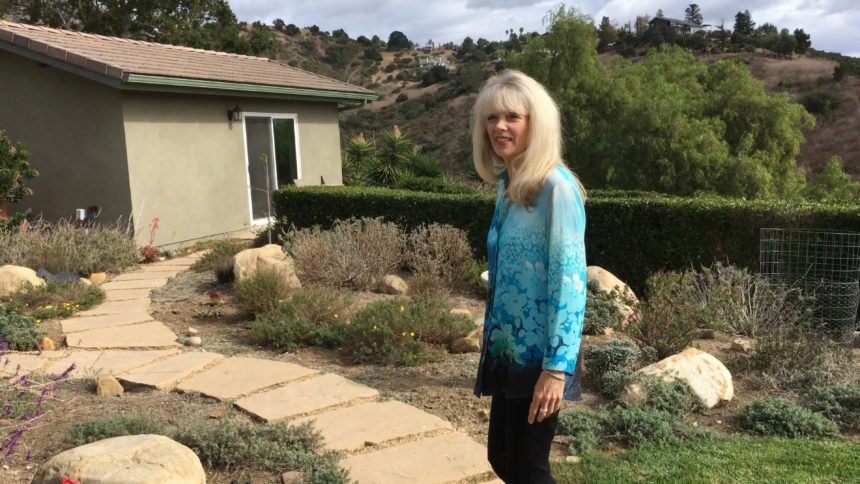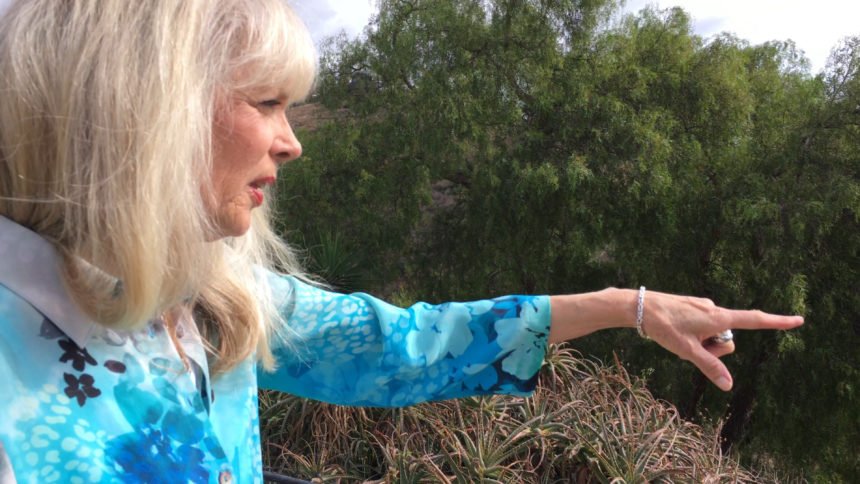Santa Barbara resident consults fire inspector about lesser known fire hazards


SANTA BARBARA, Calif. - Homeowners in our hilly "brush" areas are doing all they can to limit their fire hazards, including local real estate broker, Karen Spechler.
"This property goes all the way down to the bottom of the hill to the creek," Spechler said. "And every year we clear to about that point."
Spechler met with our reporter, Beth Farnsworth, on Spechler's property overlooking a canyon above Foothill Road.
"In the Jesusita Fire, the fire came all the way up to this hedge and that stopped it," Spechler said as she pointed to a large Natal Plum hedge.
The Santa Barbara resident recently had a fire inspector walk her property and thought she had her home buttoned up against fire hazards; to Spechler's surprise, she did not.
"He showed me some things that I had never even thought of."
That visit put Spechler in the weeds, if you will, looking at the small things she'd overlooked and much of it was in plain sight, including a stack of folded metal gates leaning against her home.
"He pulls it back and there was all this leaf litter in here."
The gap between the metal bars and her wall was a perfect spot for falling leaves to gather from the neighbor's Jacaranda tree high above. Spechler realized dead leaves had piled high there for months before she swept them out.
"He said 'That's what catches things on fire.'"
The Santa Barbara City fire inspector told her to move everything away from the house.
When it comes to landscaping, local residents know that rock gardens, which Spechler has, are best. However, she had her gardener spread mulch along an embankment in her yard. Spechler said the inspector showed her why that particular type of mulch, which she got through the City, was a fire hazard.
"And this is why," Spechler said as she grabbed twigs and chunks of dried bark mixed in with the mulch. "All this is not good, it'll burn."
So, Spechler invested in a costlier version of mulch, however, the inspector found issues with that, too; it needed to be raked a good foot away from the base of her home. Ideally, there should be nothing physically touching the house but dirt.
A dense bush growing up against wood siding and Spechler's beautiful roses and vines were deemed fire hazards and needed to be cut shorter and back.
"Even though it's really green and healthy it probably won't burn much but it's a ladder for the fire to get up into the rafters," Spechler said.
A favorite bench Spechler used to look out at the view and a teak patio set for gatherings were both labeled big fire hazards by the inspector. Spechler said he recommended putting the cushions in the house and moving the rest of the furniture "way out in the yard" away from the house during fire weather.
"Initially we had wood shelves here with our gardening things and he said get rid of that. So, we went out to Home Depot and got some wire."
Spechler pointed to a newer fence and said she learned that redwood is the one type of wood that's not a big concern because it doesn't burn. However, exterior vents and the type of mesh covering them are critical areas for homes on raised foundations, like Spechler's.
"I have them all sealed with quarter-inch mesh and he said, 'No, that's not good enough. It has to be 1/8" mesh.'"
The inspector explained to her that quarter-inch mesh is large enough for an ember to go through, upping the risk for a home to burn from the inside out. (It is a tragic scenario that played out with at least one home on La Vista Road during the Jesusita Fire.)
Spechler shared her findings with all of her neighbors and hoped they'll agree to band together and hire a crew of goats to tackle the steep canyon hillside below that butts up to more than a dozen homes.
"Fire safety includes neighbors -- it's not just about one house."
For more information or to make an appointment, click here.
